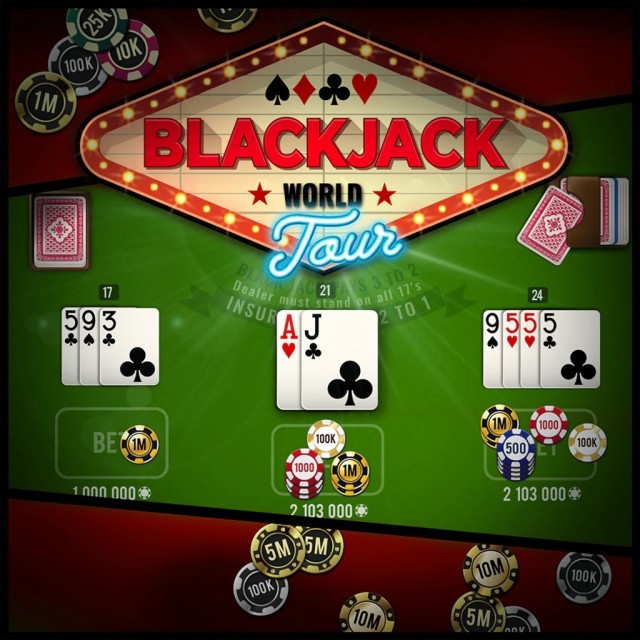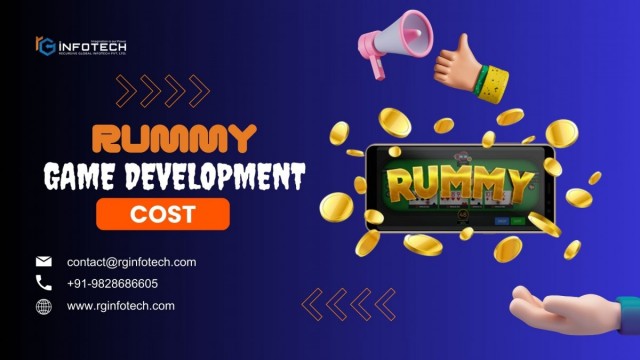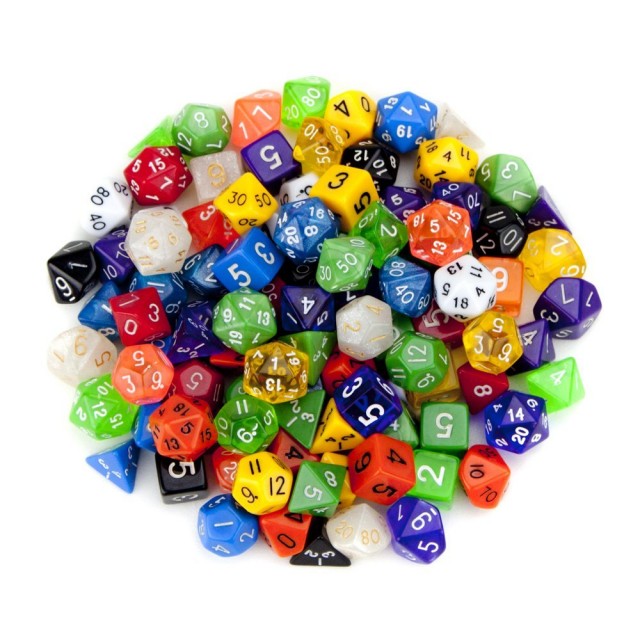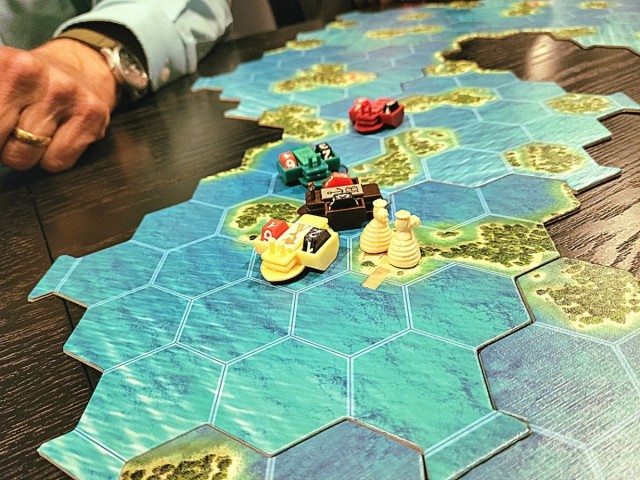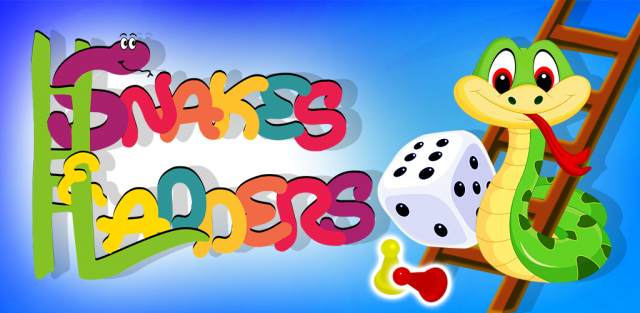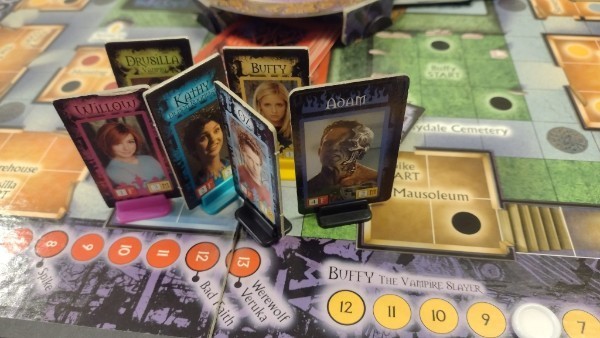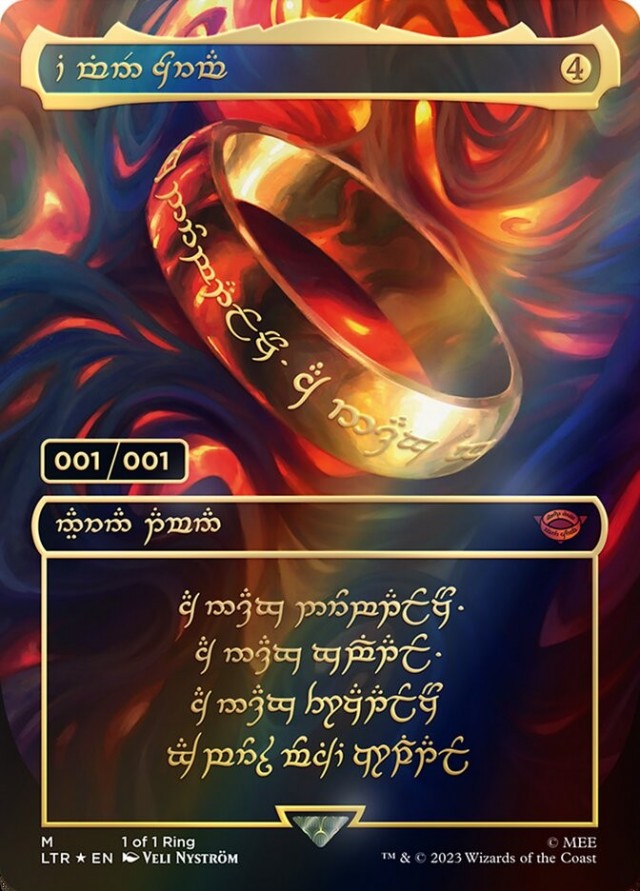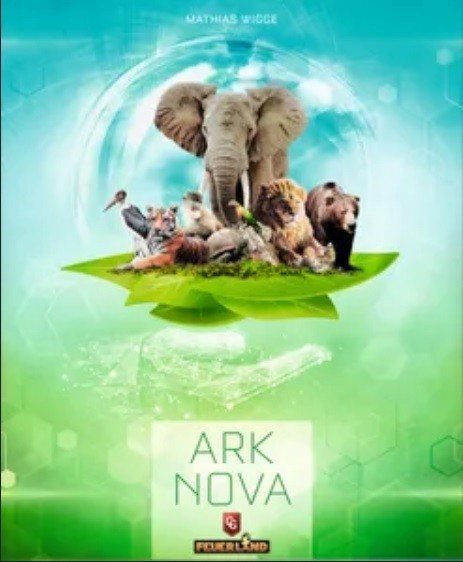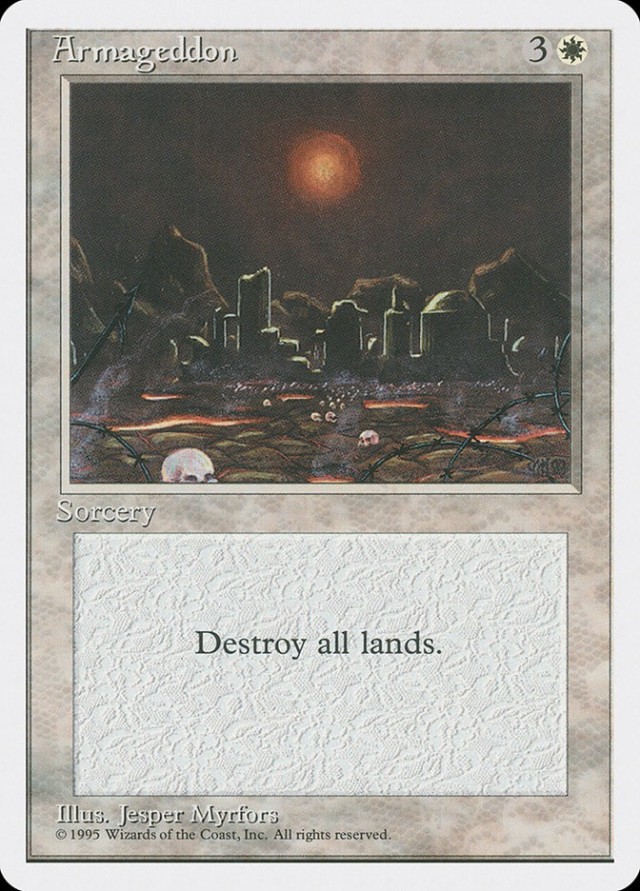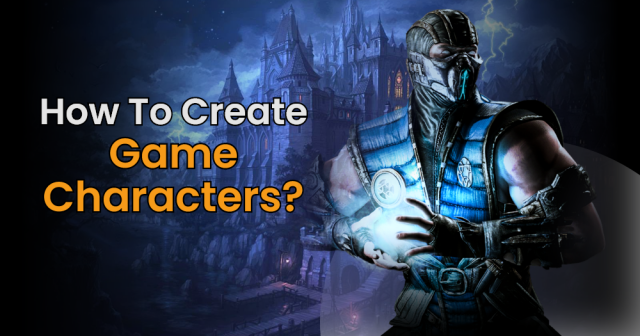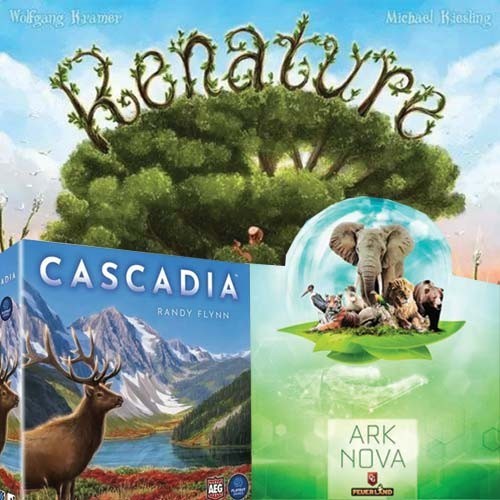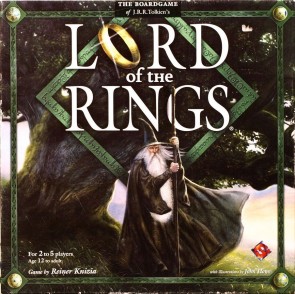The road goes ever on and on, down to the only question that matters...why do I own this?
Inquisitio
How did I get it? This was another acquisition through the old tradition from Fortress: Ameritrash (now There Will Be Games), known as Secret Satan. This is exactly the weird kind of game that you end up with when the object is to send weird crap to other people.
Why do I still have it? Inertia, mostly.
How is it? This is another one that I've not actually played, and I'm not totally sure I'll get around to it. For one thing, it doesn't have any English rules included, and that's kind of important for an American like me. For another thing it's a game about the Spanish Inquisition. It's a little on the dark side for my tastes, but even though I think I could over look it, it's probably really over the line for most of the people I know. It's fun to have access to a weird game that no one else owns, but this one seems unlikely to cross the line into "played" any time soon.
How did I get it? Many of the mainstream games my wife and I own were wedding gifts, and that's the case here. I played a lot of Jenga when I was young too, so this one has been a part of my life for a long time. Our version is in one of those wooden "book" cases, which are designed to look like bound books on a shelf. I have no idea if these are still available, but for a while Hasbro released a lot of their classic games in this format.
Why do I still have it? I like dexterity games a lot, but I don't own very many of them at all. Jenga is the sort of game I don't play a lot, but that I want my children to be able to grow up with. It's short and entertaining enough that we've had several games with our whole family. That's worth keeping around in my book.
How is it? Odds are very good that if you're reading this you have played Jenga, so there isn't much reason to review it here. But that's never stopped me before, has it. Even for the usually simple genre of dexterity games, Jenga is a really simple game. It almost feels like the prototype for the genre, because its basic structure is so elemental. Here's a structure. Mess with it and change it without knocking it over. People get that right away. It's intuitive, and I think intuitive game design is often underrated by experienced gamers. That said, Jenga feels positively mesozoic compared to later dexterity games. It could only ever be an entry point to the genre, but as an entry point it's almost universal, so that's worth something. To be honest my biggest problem with it is that it works best as a two-player game. With more than that you need to either rebuild the tower and play again, or just decide that the game has a single loser a la Cockroach Poker. (I hate rebuilding the tower, but that's because my edition doesn't have a hard plastic shell for building it in the first place.) Anyway, it's not going anywhere, and I mean that phrase in just about every way you can imagine.
How did I get it? I first played King of Tokyo at the end of my one time attending Geekway to the West, way back in 2012. I had spent most of the con playing long 3-4 hour games, and I had stumbled into a fun group playing Richard Garfield's delightful dice game, then still a pretty new game. We played three games back to back, getting progressively more raucous as we went. I came home and told my wife that we NEEDED to get this game, so we did so in short order. I've never quite recreated that first experience, but we've still had a lot of fun with this one.
Why do I still have it? After hitting King of Tokyo hard for about a year, it laid on my shelf unplayed for a while. I did get the Power Up! expansion, and I liked it alright at the time, but in the end it didn't do much to make me enthusiastic about playing this again. But when my kids got old enough this has become one of our favorite family games. I'm glad I held on to it, because it was touch and go there for a while.
How is it? If you've been following my writing for a while, you might know that King of Tokyo ticks a lot of boxes for me. It's a game about risk and reward, and that risk and reward can increase the longer you commit to something. Sure, stay in Tokyo a bit longer to make some more points, but you become more vulnerable as well. Not only that, but it utilizes a simple structure that will be familiar to most players. (I usually describe the game as "monster Yahtzee," because the format of three-rolls-and-check-results is so intuitive.) Finally, it promotes a lot of socialization and table talk. There is room to gang up on each other, trash talk, laugh at bad turns of luck, and cheer at good ones. Put all of these things together, and King of Tokyo packs a lot of drama into its 30-45 minute runtime. As alchemy goes it's a somewhat fragile formula, as evidenced by the way the Power Up! expansion deadens the effect. The best way to play is still just the core game, with as many people as you can get in there. Combine it with a great production that is both economical and well-executed, and it's not hard to see why King of Tokyo has had some staying power as one of the best "gateway games" of the past decade. It's a great example of how to make games that are approachable, social, and dramatic, and I'm glad it's in my collection.
How did I get it? Knizia's classic cooperative Tolkien adaptation holds the rare distinction of being the only game where I have owned three different versions. The first was the result of a trade, though I don't recall exactly what game I got rid of. That was for the big box version, I believed licensed from Kosmos by Hasbro. At the time I found the game a little underwhelming, and I got rid of it in another trade. But after a few years I found myself wanting to play it again, and so I landed a copy of the Silver Line version, published by FFG a few years later. That edition did see some play, but it was incompatible with the now out-of-print expansions that were released for the game in the early 2000s. Since I was now into this little game I wanted to track down an older copy along with the expansions. I was fortunate enough to find a friend who had the big box version, along with the Friends & Foes and Sauron expansions. He wanted a smaller version, and so after evening out the trade with some cash I found myself with an edition I can have on the forever shelf. (I have often thought of tracking down the Battlegrounds expansion, which is now quite rare, but I barely play what I have as it is.)
Why do I still have it? I'm a big fan of the original novel and the Peter Jackson films, so this is kind of an obvious get for me. I've come to appreciate its unique approach to the source material the more I play, and I think it's probably the best expression our there of the actual narrative of the original novel. The Confrontation wins for gameplay, and War of the Ring recreates the setting, but the characters and narrative were best interpreted by Knizia in this game. It's a classic and I intend to hold on to it for years to come.
How is it? As I said, I am of the opinion that Knizia actually did quite a good job interpreting the themes of the original novel. However I understand the disconnect a lot of people feel, because I felt it myself for a while. A lot of story beats from the novel are here represented as boxes of text or abstract symbols, and it doesn't have a very intuitve structure either. That can make it hard to sink into what's happening, but I have come to appreciate what it does, particularly considering that this game is almost 20 years old now. It really does impart a sense of hopelessness leavened with optimism, and casting the players as Hobbits emphasizes Tolkien's commitment to the power of the weak. All of the characters in the novel are here, especially with the Friends & Foes expansion, but if they aren't hobbits they float in and out of the narrative, forced to give of themselves as the players require, and never to be seen again by the protagonists. By not focusing on large-scale battles, I feel like Knizia found the right tone. This is a journey, a true representation of a quest. There are still some choices that feel a little stilted in hindsight, but on the plus side there has never been another game quite like this one. It's a strong contender for my favorite cooperative game, bouyed by its fascinating gameplay and John Howe's ageless illustrations.
Lord of the Rings: The Confrontation
How did I get it? This was also the result of a math trade. While a lot of people prefer the larger deluxe edition, I favor the small box originally released by Kosmos.
Why do I still have it? Lord of the Rings: The Confrontation is not as strong an adaptation of Tolkien's world as its bigger, cooperative friend, but in its own right it's a deeply addictive experience. I rarely play a single game of it at a time, making it among the best two-player games I own.
How is it? I recently wrote a piece on this great game in my blog, because it's the sort of game it's easy to overlook. Its production, while high quality, is also a little understated, and like all old games it can struggle for attention with newer titles. But this one is a powerful drug for me. The hidden pieces, a mechanic pulled straight from Stratego, combined with the unique powers of every character, makes this a game where the different permutations are basically endless. You could play a hundred times and see a hundred different outcomes, all of them played out in a cool 30 minutes. I'm especially impressed by its abstraction of Middle-earth. The diamond-shaped board looks nothing like the original map in the novels, but combined with the character powers and lean ruleset it recreates a lot of the geographical features in gameplay terms. The players will be tempted to use Moria to cut through the Misty Mountains. The River Anduin lets them slide through the forces of evil, but you can't take it all the way. You could cross the mountains, but it's a hard, risky journey. Combined with the great flourishes in the character powers, and you have the potential for a lot of different outcomes to the original story. A lot of great games have been made from Tolkien's world, but none of them have been as much pure fun as this one.
Next week: Another appearance from John Clowdus, the best stupid game ever, and a taste of the Philippines.
 Games
Games How to resolve AdBlock issue?
How to resolve AdBlock issue? 